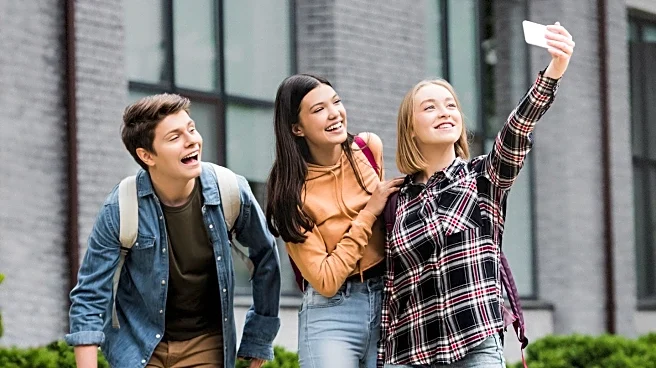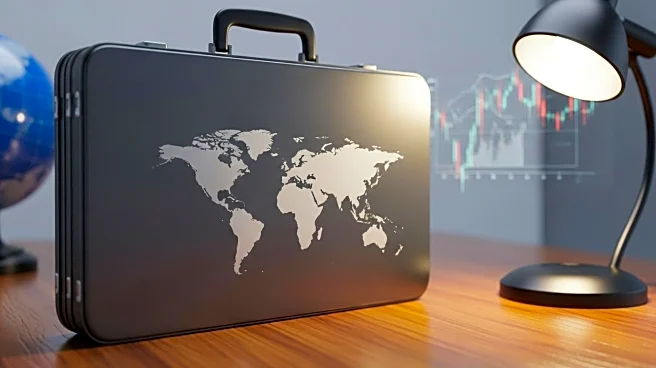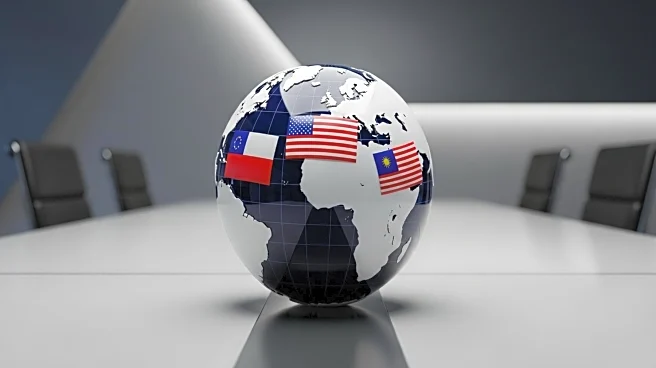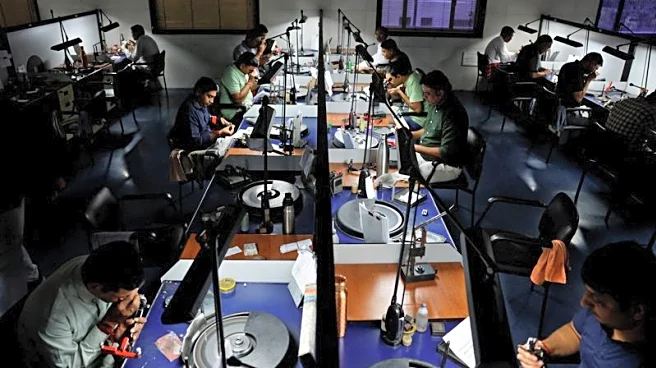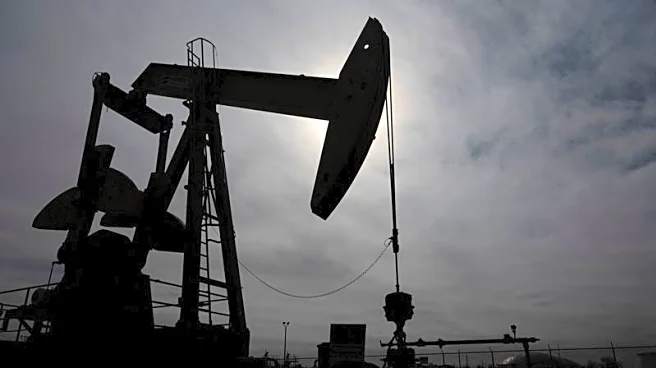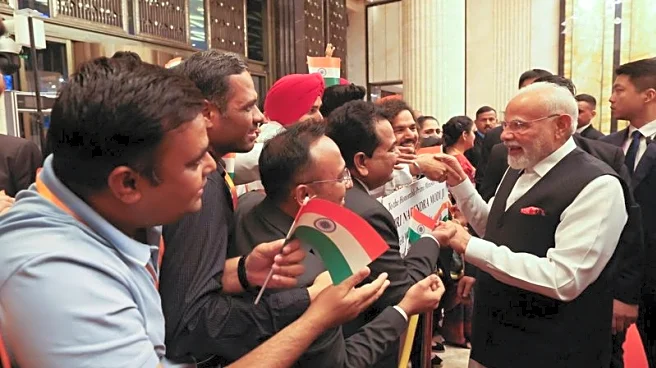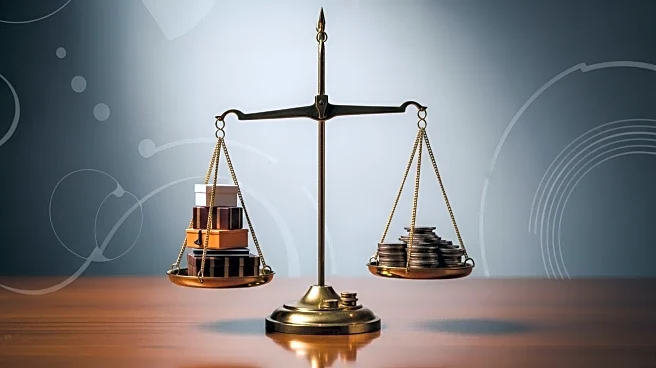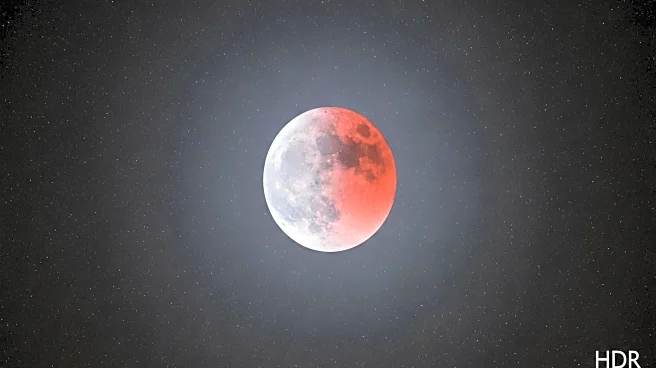What's Happening?
Recent surveys have identified India as the leading country for dangerous selfie-related incidents, with 271 cases accounting for 42% of global incidents. The U.S. ranks second with 45 cases, followed by Russia with 19. The surveys, conducted by the Barber Law Firm and Swiftest, highlight the risks associated with taking selfies in precarious locations such as heights and near wildlife. Despite efforts by Indian authorities to mitigate these risks through public awareness campaigns and apps like Saftie, the trend of 'killfies'—selfies that put individuals at risk—continues to pose significant dangers. The surveys also reveal that men are predominantly involved in these incidents, often driven by the pursuit of internet fame.
Why It's Important?
The prevalence of dangerous selfies underscores the need for increased public awareness and safety measures. As social media continues to influence behavior, the desire for online validation can lead individuals to take unnecessary risks. This trend not only endangers the individuals taking the selfies but also those who attempt to rescue them, potentially leading to wider tragedies. The findings highlight the importance of responsible social media use and the need for platforms to discourage risky behavior. Additionally, the data suggests a cultural shift where the pursuit of internet fame can override personal safety, necessitating interventions from both authorities and social media companies.
What's Next?
Authorities in India are considering further measures to prevent selfie-related accidents, particularly in crowded events where the risk of stampedes is heightened. At large gatherings like the Mahakumbh festival, selfies have been banned to ensure crowd safety. Police are actively enforcing these bans and making announcements to inform attendees. The potential for phone confiscation may serve as a deterrent to risky behavior. As the issue gains attention, there may be increased collaboration between tech companies and governments to develop solutions that promote safer social media practices.
Beyond the Headlines
The phenomenon of dangerous selfies raises ethical questions about the role of social media in influencing behavior. It challenges the balance between personal freedom and public safety, prompting discussions on the responsibility of social media platforms in curbing harmful trends. The cultural implications of seeking validation through risky actions reflect broader societal shifts in values and priorities. Long-term, this trend could lead to changes in how social media is regulated and how individuals perceive risk in the digital age.
